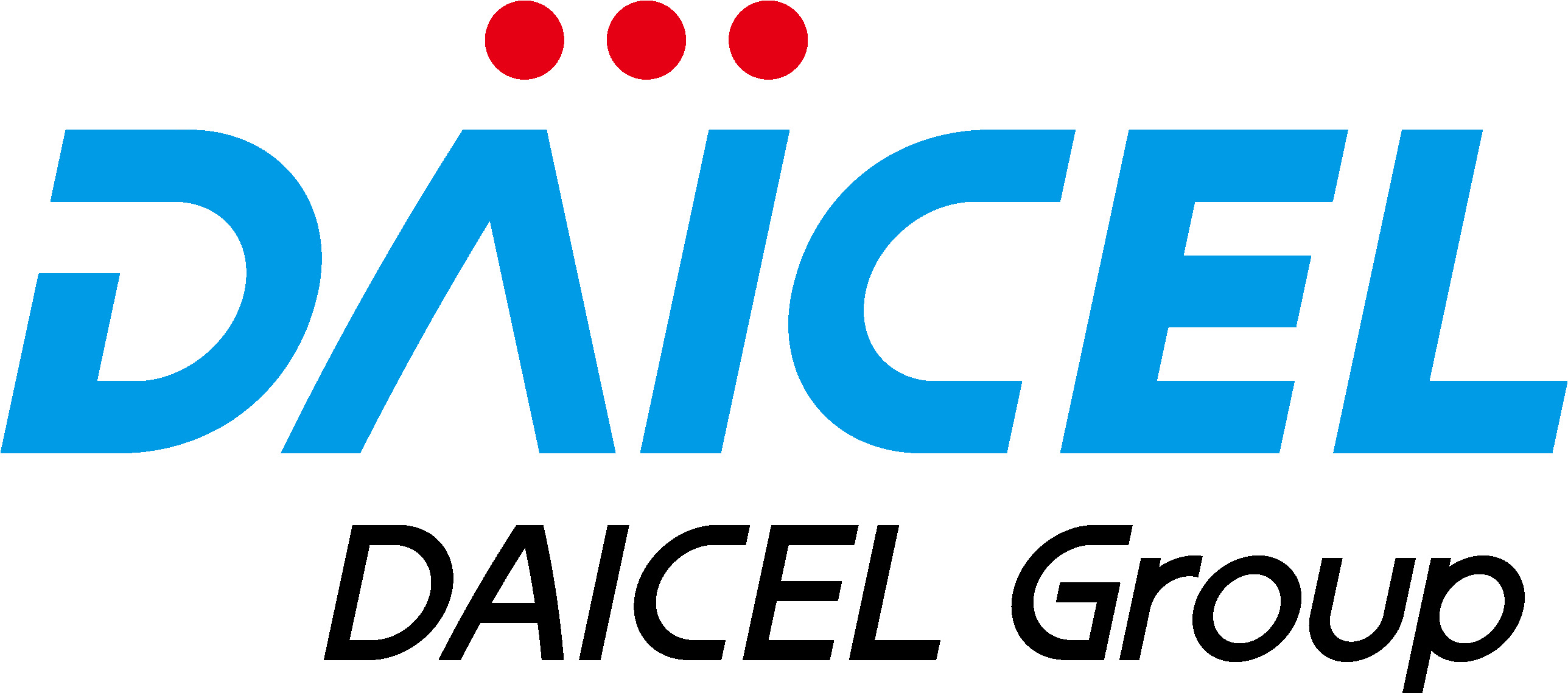 Products
Products
A leading EP material widely used in place of metals
The well-balanced mechanical properties of DURACON® POM include self-lubrication with oil-resistance. This product was first used commercially to replace machinery components such as gears, screws and bearings, which were previously all made of steel. Today, it has a wide range of applications from everyday household goods such as zippers and toothbrushes to vehicle safety equipment like door locks and latches, seatbelt locking mechanisms and fuel system components. With a global market share of nearly 19%※, it is one of the most widely recognized brands among POM manufacturers.
Source: Fuji Keizai, “Market Outlook for Engineering Plastic and Global Strategy 2025”
Key properties
- Sliding ability
- Fuel resistance/oil
resistance - Low VOC
- Food-related applications
- Chemical resistance
- Creep resistance
- Dimensional stability
- Fatigue resistance
- Low friction/ Low wear
- Suitability for insert/outsert molding
POM is an acronym for the chemical name polyoxymethylene. It is generally referred to as polyacetal or acetal resin. It is a crystalline thermoplastic resin comprised chiefly of (-CH2O-) structural units.
The two types of POM are homopolymer POM, which is comprised of a polyoxymethylene molecular chain made from formaldehyde bonds, and copolymer POM, in which trioxane, the trimer of formaldehyde, and other comonomers such as ethylene oxide are bonded.
DURACON® POM is a leading type of copolymer. It is mainly used in applications centered on mechanical components such as gears, screws, and bearings, and in important parts requiring chemical and heat resistance. Examples of its use can be found far and wide, from AV equipment such as DVD recorders and Blu-ray disk recorders, office equipment such as printers and copiers, household appliances such as washing machines, refrigerators and electric shavers, automotive parts such as door locks, fuel caps, fuel pump modules, seat belt mechanical components and interior parts, to household equipment such as window sashes and blinds, and toys such as the latest gaming devices.
Homopolymers and copolymers
As noted, POM can be either a homopolymer or a copolymer. The homopolymer is formed solely from carbon-oxygen bonds in the main chain, while the copolymer also includes carbon-carbon bonds in the main chain.
Homopolymer

Copolymer

The properties and functions of homopolymers and copolymers differ on account of the differences in molecular structure.
The thermal stability of the copolymer is superior to that of the homopolymer.
- As color changes and gas emissions during molding are limited by the low rate of degradation, a wider temperature window can be adopted for molding.
- Resistance to hot water, alkalis and oils at elevated temperatures is excellent.
- Copolymers have better long-term properties, such as longer creep-fracture life.
Raw ingredients and production method
DURACON® POM is a POM copolymer made via the following four steps: 1) Methanol is oxidized to form formaldehyde; 2) Formaldehyde is trimerized to form the polymerization monomer trioxane; 3) The main monomer trioxane is polymerized together with a small quantity of comonomer to make crude POM copolymer; 4) Stabilizer, etc., is added to the crude polymer followed by pelletization to form the final product DURACON.
In addition, various specialty grades are manufactured as compounds whereby the crude copolymer is formulated with glass fiber, reinforcing agents or special additive agents in order to produce various functions.
List of leading grades
| Property | Characteristic | Grade |
|---|---|---|
| Standard | Standard | M90-44 |
| Standard | High Viscosity | M25-44 |
| Standard | High Flow, Fast Molding Cycle | M270-44 |
| Weather Resistant | Standard | M90-45 |
| High Sliding | High Sliding | NW-02 |
| Low VOC | Standard | M90LV |
| Low VOC | Weather Resistance | M90-45LV |
| Low VOC | High Sliding | NW-02LV |
| Low VOC | Tough | TF-10LV |
| Low VOC | Low Gloss, Weather Resistance | LU-02LV |
| Special | High Strength, Fuel Resistant | H140-54C |
| Special | Chlorinated Water Resistant | WR-01 |
| Creep Resistant | - | CP15X |
| Glass Fiber Reinforced | GF25% Reinforced | GH-25 |
| Food Contact Safety, Multi-national Certification of Drinking Water Safety | Standard | M90-57 |
Applications
-

Printers
-

Door locks
-

Toothbrushes
-

Extruded products
-

Fuel system parts
-

Door rollers
-

Clips


